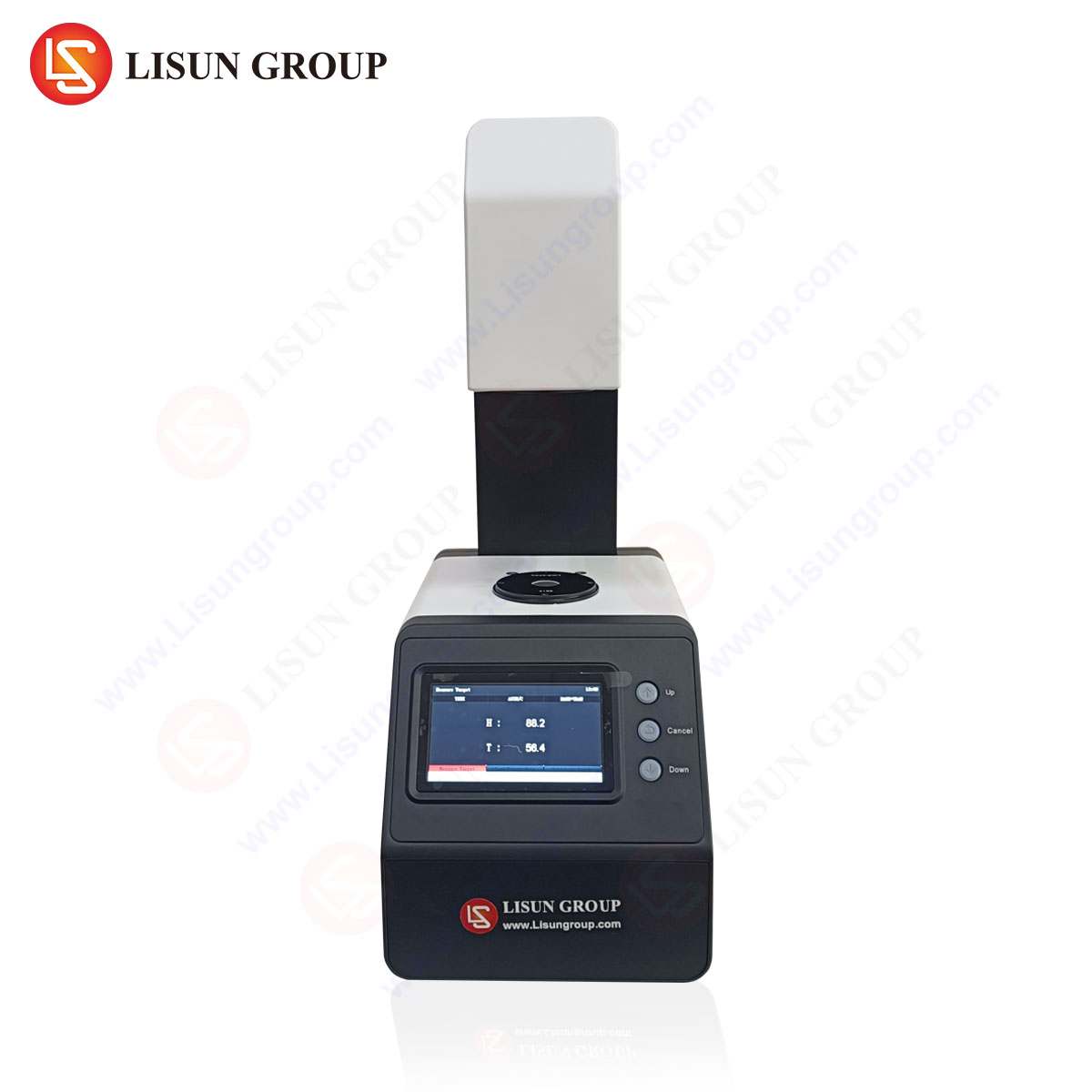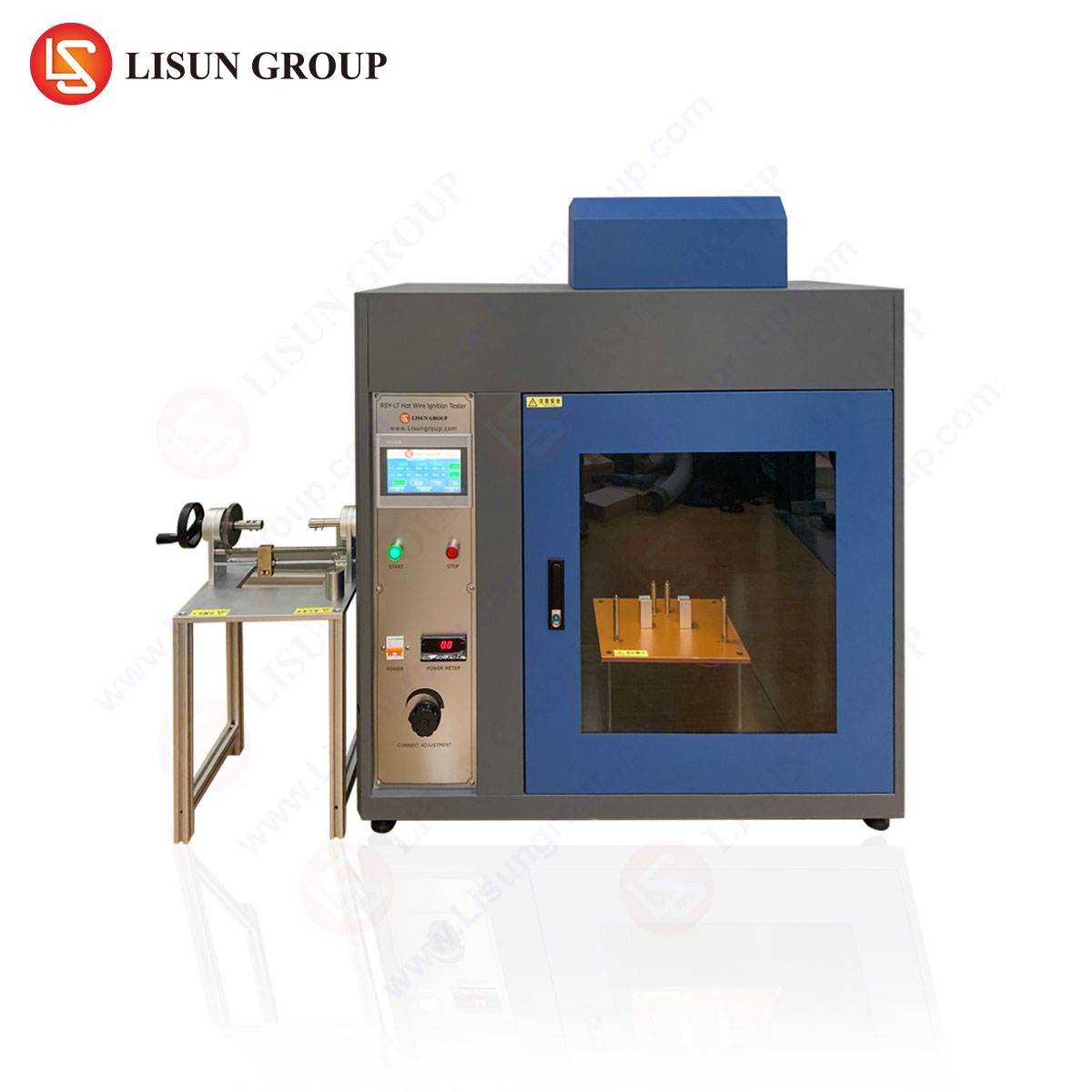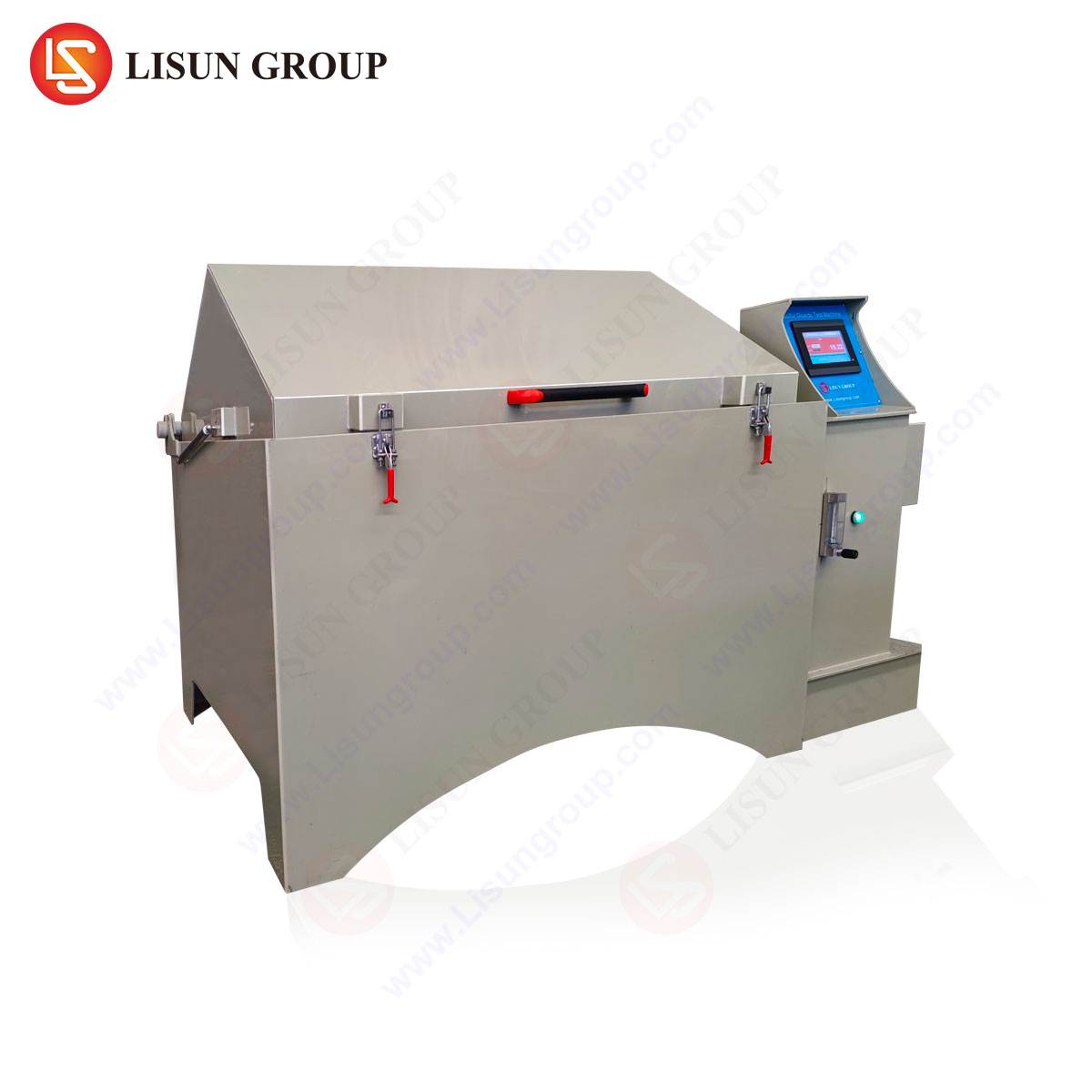Introduction to Arc Resistance and Its Critical Role in Electrical Safety
Arc resistance refers to the ability of a material or component to withstand the damaging effects of an electrical arc, a high-energy discharge that occurs when current flows through an ionized gas or air gap. Such arcs generate extreme temperatures, often exceeding 10,000°C, leading to material degradation, ignition risks, and catastrophic failures in electrical systems. Ensuring arc resistance is critical across industries—from household appliances to aerospace components—where electrical faults can result in fires, equipment damage, or life-threatening hazards.
International standards, including IEC 61621, ASTM D495, and UL 746A, define test methodologies to evaluate arc resistance. These standards establish performance thresholds, ensuring compliance with safety regulations. This article examines the principles of arc resistance testing, industry applications, and the role of advanced testing equipment such as the LISUN HCAI-2 High Current Arc Ignition Test System in validating electrical safety.
Mechanisms of Arc Formation and Associated Hazards
Electrical arcs arise from insulation breakdown, loose connections, or voltage surges, creating a conductive plasma channel. The resultant thermal and mechanical stresses compromise structural integrity, particularly in polymers, insulating materials, and conductive components. Key hazards include:
- Material Carbonization: Arcing decomposes organic materials, forming conductive carbon tracks that propagate failures.
- Thermal Degradation: Extreme heat melts or vaporizes metals and plastics, leading to short circuits.
- Flame Propagation: Inadequate arc resistance in enclosures may ignite surrounding materials, escalating fire risks.
Industries such as automotive electronics and medical devices demand stringent arc resistance due to operational environments where failure could endanger users. For instance, aerospace wiring systems must resist arcing under high-altitude, low-pressure conditions where dielectric strength diminishes.
Standards Governing Arc Resistance Testing
Compliance with arc resistance standards ensures product reliability and regulatory approval. Key standards include:
- IEC 61621: Evaluates dry, solid insulating materials under high-voltage, low-current arc exposure.
- ASTM D495: Measures surface tracking resistance via a high-voltage AC arc.
- UL 746A: Assesses polymeric materials for flammability and electrical endurance.
These standards prescribe test parameters such as voltage, current, electrode configuration, and exposure duration. The LISUN HCAI-2 aligns with these requirements, offering precise control over test conditions to simulate real-world failure modes.
The LISUN HCAI-2 High Current Arc Ignition Test System
Technical Specifications and Testing Principles
The HCAI-2 is engineered to evaluate arc resistance in components like switches, relays, and insulating materials. Its design incorporates:
- Current Range: 10–500A, accommodating low- and high-current arc scenarios.
- Voltage Range: 0–600V DC/AC, supporting diverse electrical environments.
- Arc Duration Control: Adjustable from 1ms to 10s, replicating transient or sustained faults.
- Electrode Configuration: Tungsten or copper electrodes with adjustable spacing (0.1–10mm).
The system induces arcs via controlled short circuits, measuring parameters such as arc energy, ignition time, and material behavior. Data acquisition systems record real-time voltage, current, and temperature, enabling failure analysis.
Industry Applications
- Automotive Electronics: Validates arc resistance in battery connectors and high-voltage cabling for electric vehicles.
- Medical Devices: Ensures compliance with IEC 60601-1 for insulation materials in diagnostic equipment.
- Lighting Fixtures: Tests driver circuits and LED modules for fault tolerance.
- Aerospace Components: Assesses wiring systems under reduced atmospheric pressure.
Competitive Advantages
- Adaptability: Configurable for both standardized and custom test protocols.
- Precision: High-resolution sensors capture microsecond-level arc dynamics.
- Safety Features: Enclosed test chambers and emergency cutoff mitigate operator risks.
Case Study: Arc Resistance in Household Appliance Switches
A manufacturer of circuit breakers utilized the HCAI-2 to assess arc quenching performance. Tests simulated 250A fault currents, revealing that polymer housings with silica fillers exhibited 40% greater arc resistance compared to unfilled variants. This data informed material selection, reducing field failures by 22%.
Challenges in Arc Resistance Testing
Variability in material composition, environmental conditions, and electrode wear complicates reproducibility. The HCAI-2 addresses these via automated calibration and humidity-controlled chambers, ensuring consistent results.
Future Trends: Advanced Materials and Standard Revisions
Emerging nanocomposites and ceramic coatings promise enhanced arc resistance. Revised standards, such as IEC 62631-3-1, now address nanoscale material behaviors, necessitating advanced testing methodologies.
FAQ
Q1: What distinguishes the HCAI-2 from conventional arc testers?
The HCAI-2’s programmable current/voltage profiles and high-speed data logging enable granular analysis of arc propagation, surpassing static testers.
Q2: Can the HCAI-2 simulate DC arcing for solar applications?
Yes, its 600V DC capacity validates photovoltaic connectors and DC circuit breakers.
Q3: How does electrode material affect test outcomes?
Tungsten electrodes minimize erosion during high-current tests, ensuring stable arc formation.
Q4: Is the system compliant with MIL-STD-883 for aerospace?
While designed for civilian standards, it can be configured to meet military-grade protocols.
Q5: What safety certifications apply to the HCAI-2?
It meets CE, UL 61010-1, and IEC 61326-1 for electromagnetic compatibility.






